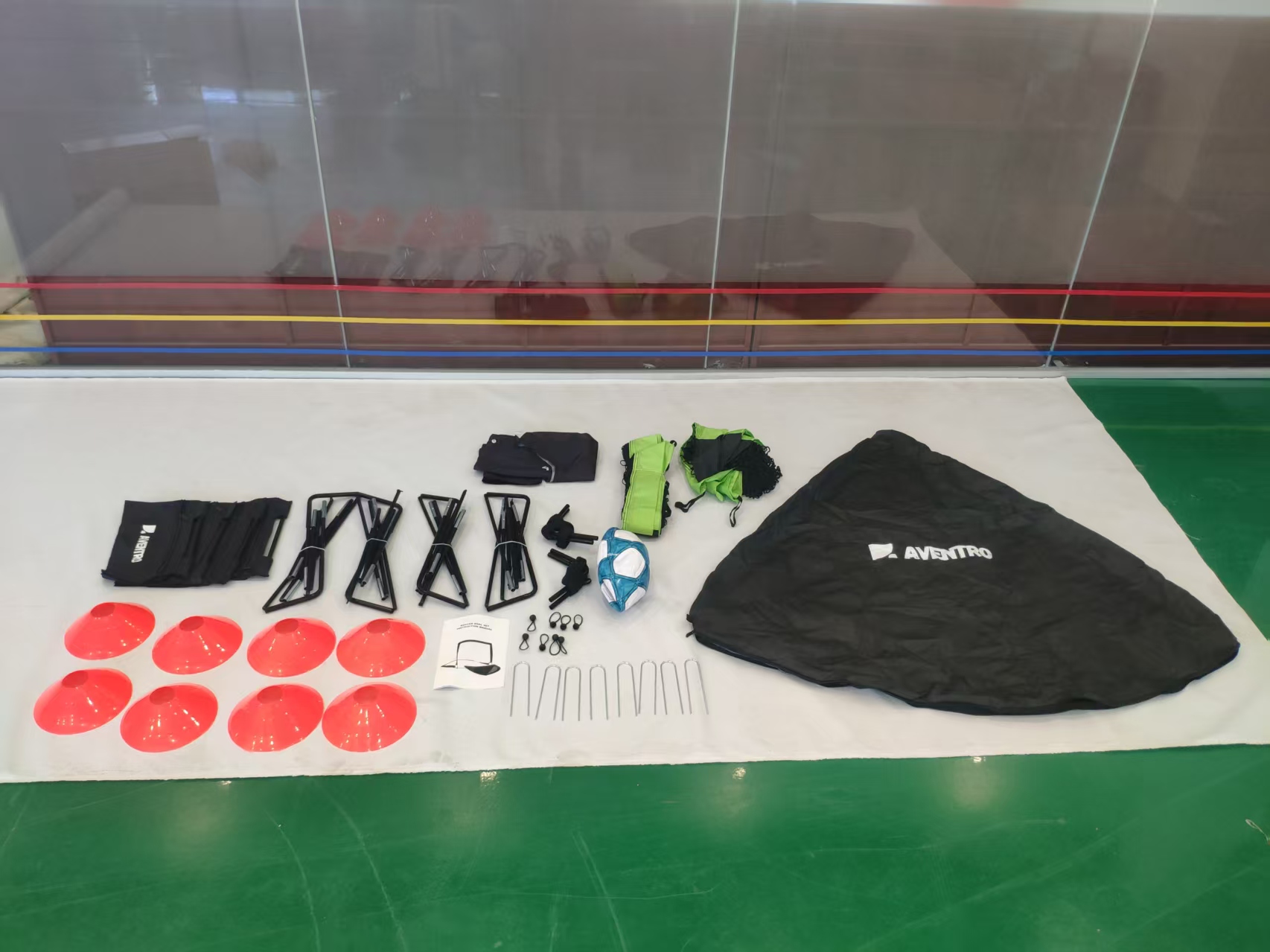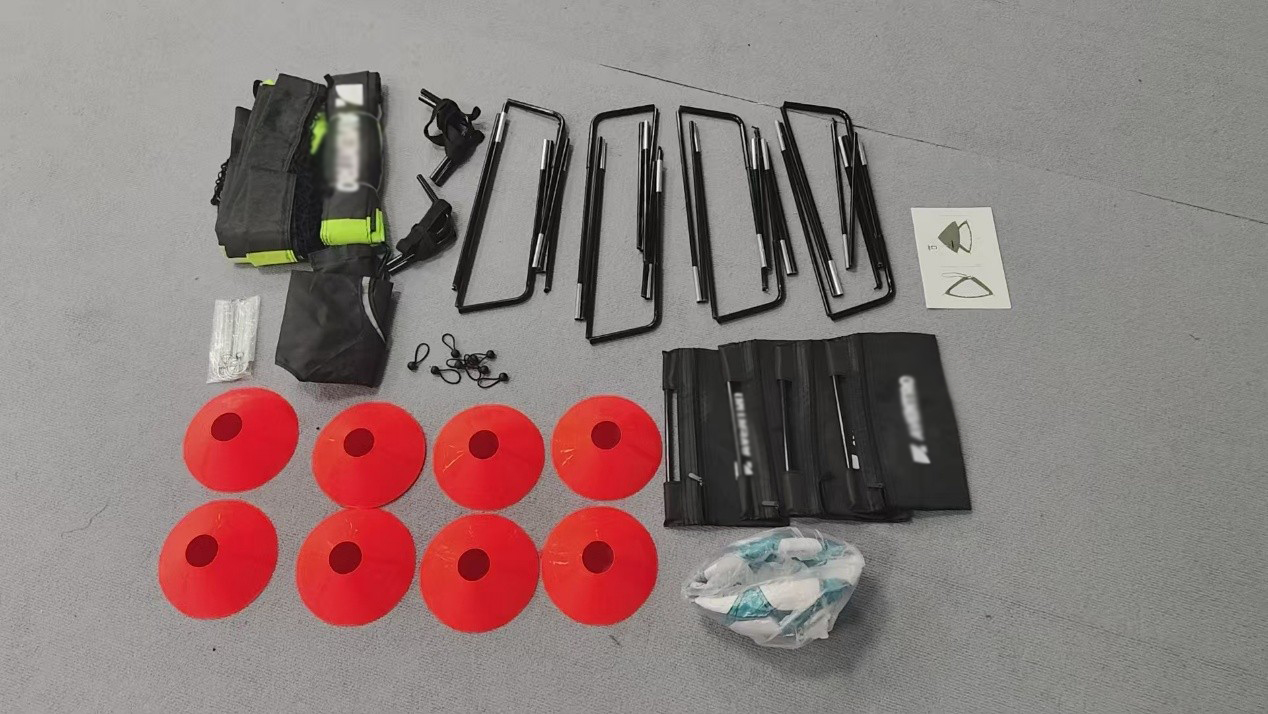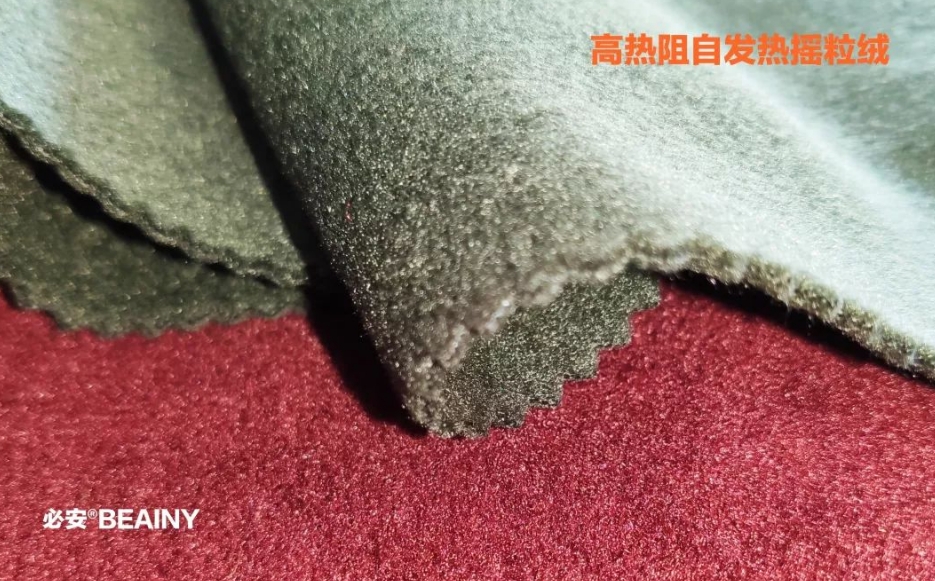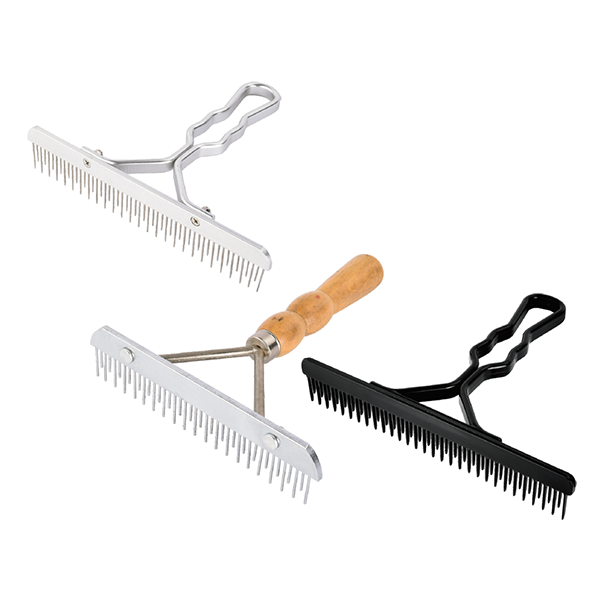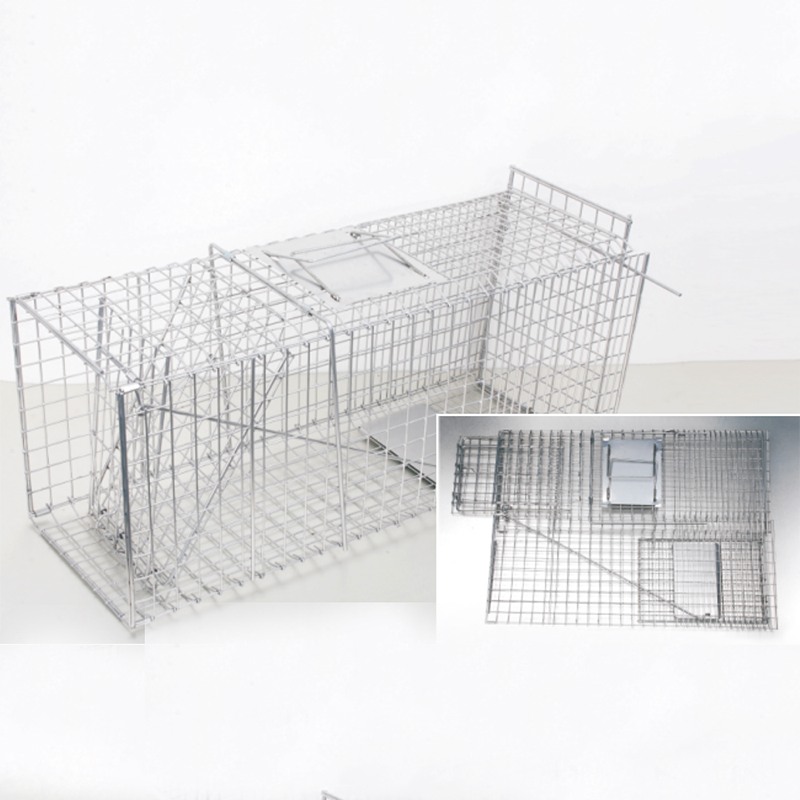A frother is a tool for making milk froth and froth, which helps us easily add rich froth to coffee, tea, and other beverages. Bubblers can be used in many different ways, and I'll describe a few of the common ones below.
First, we need to prepare the required materials: a frother, milk or other liquid, and a container. Before you start using your frother, make sure it's been cleaned and dried. Next, pour the desired liquid into the container and insert the bubbler into it.
The first way to use it is to make microfoamed milk. This method is suitable for making concentrated coffee, such as an espresso or an Americano. Submerge the frother completely in the milk before making it, then turn on the power and start the frother. When in use, try to avoid moving the frother to ensure better milk froth quality.
The second way to use it is to make fine milk froth. This method is suitable for making coffee with a lot of milk froth, such as cappuccino. Before making, completely submerge the frother in the milk and start the frother. When the milk froth thickens, move the frother a little to allow more air bubbles to form.
The third way to use it is to make thick milk froth. This method works well for coffees like lattes, which require a thicker froth for stability. Before making, completely submerge the frother in the milk and start the frother. While frothing milk, keep tilting the cup so that the froth mixes evenly with the milk.
Finally, no matter which method you use, you should pay attention to mastering your time. If the milk foam is too thin or too thick, it will affect the taste and quality of the drink. So, when using a frother, it's best to follow the directions and adjust it to your liking.
All in all, a frother is a very useful tool that can help us create delicious milk froth and froth with ease. Through the several usage methods introduced above, I believe you have learned how to use the frother to make different types of milk foam. Let's get started!

 English
English Español
Español Português
Português русский
русский français
français 日本語
日本語 Deutsch
Deutsch Tiếng Việt
Tiếng Việt Italiano
Italiano Nederlands
Nederlands ไทย
ไทย Polski
Polski 한국어
한국어 Svenska
Svenska magyar
magyar Malay
Malay বাংলা
বাংলা Dansk
Dansk Suomi
Suomi हिन्दी
हिन्दी Pilipino
Pilipino Türk
Türk Gaeilge
Gaeilge عربى
عربى Indonesia
Indonesia norsk
norsk اردو
اردو čeština
čeština Ελληνικά
Ελληνικά Українська
Українська Javanese
Javanese فارسی
فارسی தமிழ்
தமிழ் తెలుగు
తెలుగు नेपाली
नेपाली Burmese
Burmese български
български ລາວ
ລາວ Latine
Latine Қазақ
Қазақ Euskal
Euskal Azərbaycan
Azərbaycan slovenský
slovenský Македонски
Македонски Lietuvos
Lietuvos Eesti Keel
Eesti Keel Română
Română Slovenski
Slovenski मराठी
मराठी Српски
Српски 简体中文
简体中文 Esperanto
Esperanto Afrikaans
Afrikaans Català
Català עִברִית
עִברִית Cymraeg
Cymraeg Galego
Galego 繁体中文
繁体中文 Latvietis
Latvietis icelandic
icelandic יידיש
יידיש Беларус
Беларус Hrvatski
Hrvatski Kreyòl ayisyen
Kreyòl ayisyen Shqiptar
Shqiptar Malti
Malti lugha ya Kiswahili
lugha ya Kiswahili አማርኛ
አማርኛ Bosanski
Bosanski Frysk
Frysk ជនជាតិខ្មែរ
ជនជាតិខ្មែរ ქართული
ქართული ગુજરાતી
ગુજરાતી Hausa
Hausa Кыргыз тили
Кыргыз тили ಕನ್ನಡ
ಕನ್ನಡ Corsa
Corsa Kurdî
Kurdî മലയാളം
മലയാളം Maori
Maori Монгол хэл
Монгол хэл Hmong
Hmong IsiXhosa
IsiXhosa Zulu
Zulu Punjabi
Punjabi پښتو
پښتو Chichewa
Chichewa Samoa
Samoa Sesotho
Sesotho සිංහල
සිංහල Gàidhlig
Gàidhlig Cebuano
Cebuano Somali
Somali Точик
Точик O'zbek
O'zbek Hawaiian
Hawaiian سنڌي
سنڌي Shinra
Shinra հայերեն
հայերեն Igbo
Igbo Sundanese
Sundanese Lëtzebuergesch
Lëtzebuergesch Malagasy
Malagasy Yoruba
Yoruba





